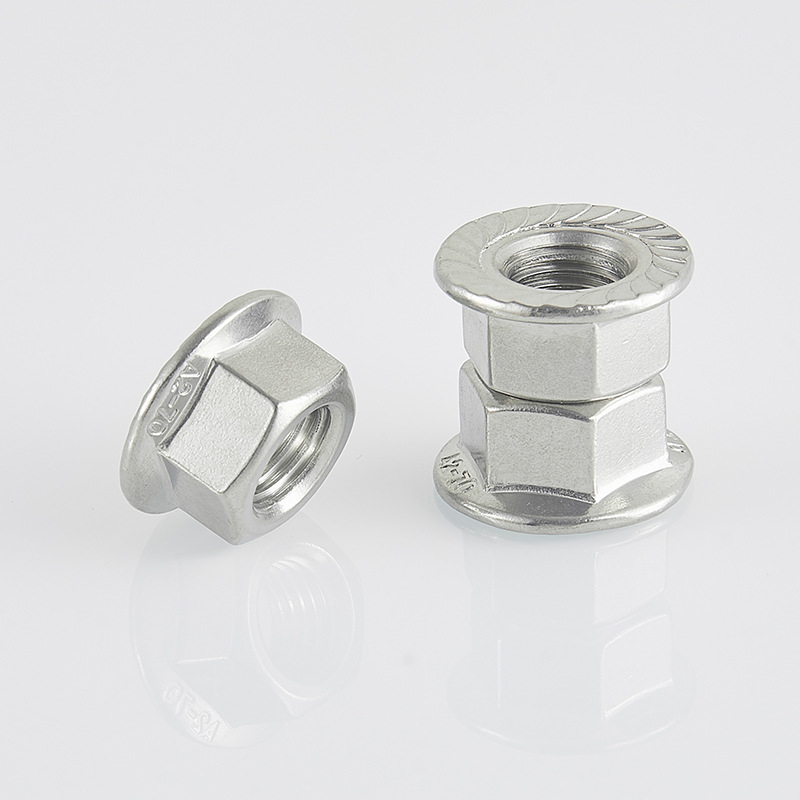

m20 spring washer
Nov . 30, 2024 20:35 Back to list
m20 spring washer
Understanding M20 Spring Washers An Essential Component in Mechanical Assembly
In the vast world of mechanical components, the M20 spring washer plays a crucial role in ensuring the durability and efficiency of various assemblies. Recognized for its unique design and functionality, the M20 spring washer is prevalent in many applications ranging from automotive to heavy machinery. This article delves into the importance, design, applications, and benefits of the M20 spring washer, shedding light on its indispensable role in mechanical engineering.
What is an M20 Spring Washer?
The M20 spring washer is a type of fastening accessory commonly used with bolts and nuts of M20 size, which corresponds to a nominal diameter of 20 millimeters. Spring washers, also known as lock washers, are designed to prevent the loosening of fasteners due to vibrations and stress within an assembly. The M20 version is specifically designed to fit M20 bolts, offering enhanced performance and stability in various applications.
Key Characteristics and Design Features
1. Material Composition M20 spring washers are typically made from high-carbon steel, stainless steel, or other durable materials to withstand significant tensile stress and environmental conditions. Stainless steel versions are particularly popular in industries where corrosion resistance is essential.
2. Shape and Compression The washer has a unique conical shape that allows it to compress when the bolt is tightened, creating a locking action that holds the assembly in place. This compression is crucial for maintaining tension and avoiding the loosening of joints.
3. Size Specifications The dimensions of M20 spring washers adhere to specific standards, ensuring consistency and compatibility with M20 fasteners. The washer's external and internal diameters, as well as its thickness, are engineered to provide optimal performance.
Applications of M20 Spring Washers
M20 spring washers find their usage in a myriad of applications across various industries. Here are some notable examples
m20 spring washer

2. Construction and Heavy Machinery These washers are crucial in heavy machinery where high vibrations and loads are encountered. They help maintain secure connections in cranes, excavators, and other construction equipment.
3. Aerospace In aircraft manufacturing, the reliability of every component is paramount. M20 spring washers are utilized to ensure that critical connections remain secure under extreme conditions.
4. Electrical Appliances Commonly used in appliances and machinery where mechanical connections are necessary to function efficiently, the M20 spring washer prevents any potential disconnections due to vibration.
Benefits of Using M20 Spring Washers
1. Enhanced Security The primary function of the M20 spring washer is to prevent the loosening of fasteners. This capability is especially valuable in high-vibration environments.
2. Cost-Effectiveness By preventing fastener failure and reducing the risk of damage to equipment, M20 spring washers can ultimately save costs related to maintenance and repairs.
3. Ease of Use They are easy to install and require no special tools, making them a user-friendly component in any mechanical assembly.
4. Versatility M20 spring washers can be used in various situations, offering flexibility across different applications.
Conclusion
The M20 spring washer is a small but mighty component that serves a significant purpose in maintaining the integrity and security of mechanical assemblies. Its design, material properties, and functionality make it indispensable across a range of industries. As technology advances and systems become more complex, the importance of reliable fastening solutions like the M20 spring washer continues to grow. Thus, understanding its applications and benefits is crucial for engineers and manufacturers seeking to enhance the performance and reliability of their products. Embracing the use of M20 spring washers ultimately leads to safer, more efficient, and durable mechanical systems, which is a goal shared by professionals across all sectors of engineering.
Latest news
-
High-Strength Hot-Dip Galvanized Bolts-Hebei Longze|Corrosion Resistance&High Strength
NewsJul.30,2025
-
Hot Dip Galvanized Bolts-Hebei Longze|Corrosion Resistance&High Strength
NewsJul.30,2025
-
Hot Dip Galvanized Bolts - Hebei Longze | Corrosion Resistance, High Strength
NewsJul.30,2025
-
High-Strength Hot Dip Galvanized Bolts-Hebei Longze|Corrosion Resistance, Grade 8.8
NewsJul.30,2025
-
Hot Dip Galvanized Bolts-Hebei Longze|Corrosion Resistance,High Strength
NewsJul.29,2025
-
High-Strength Hot Dip Galvanized Bolts - Hebei Longze Metal Products Manufacturing Co., Ltd.|corrosion resistance&high strength
NewsJul.29,2025

